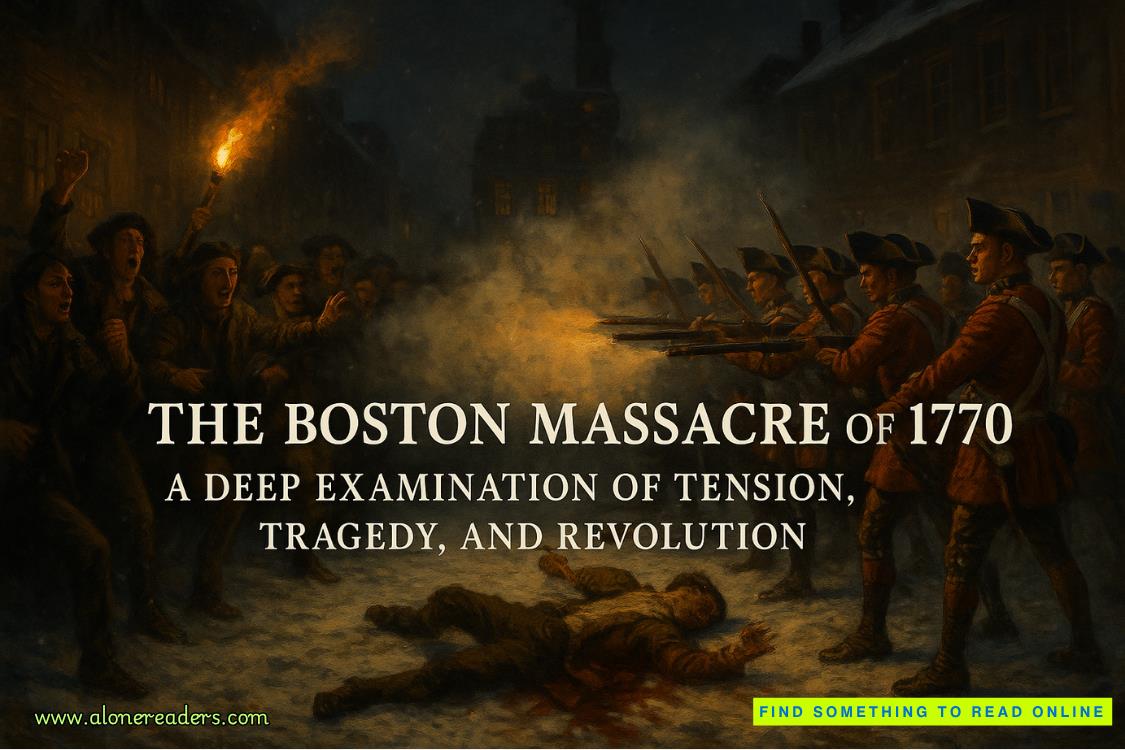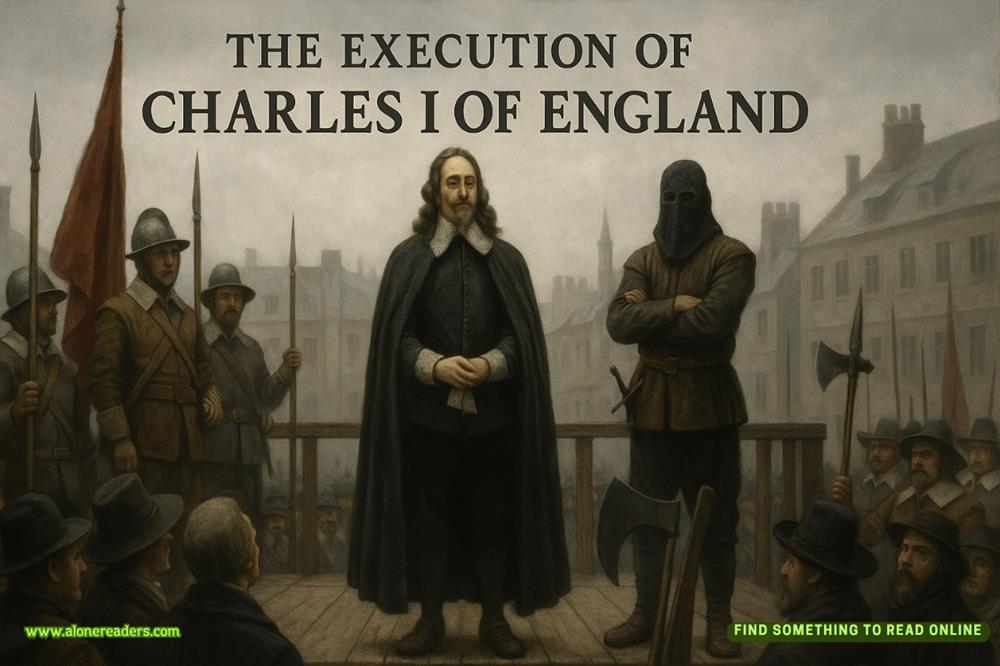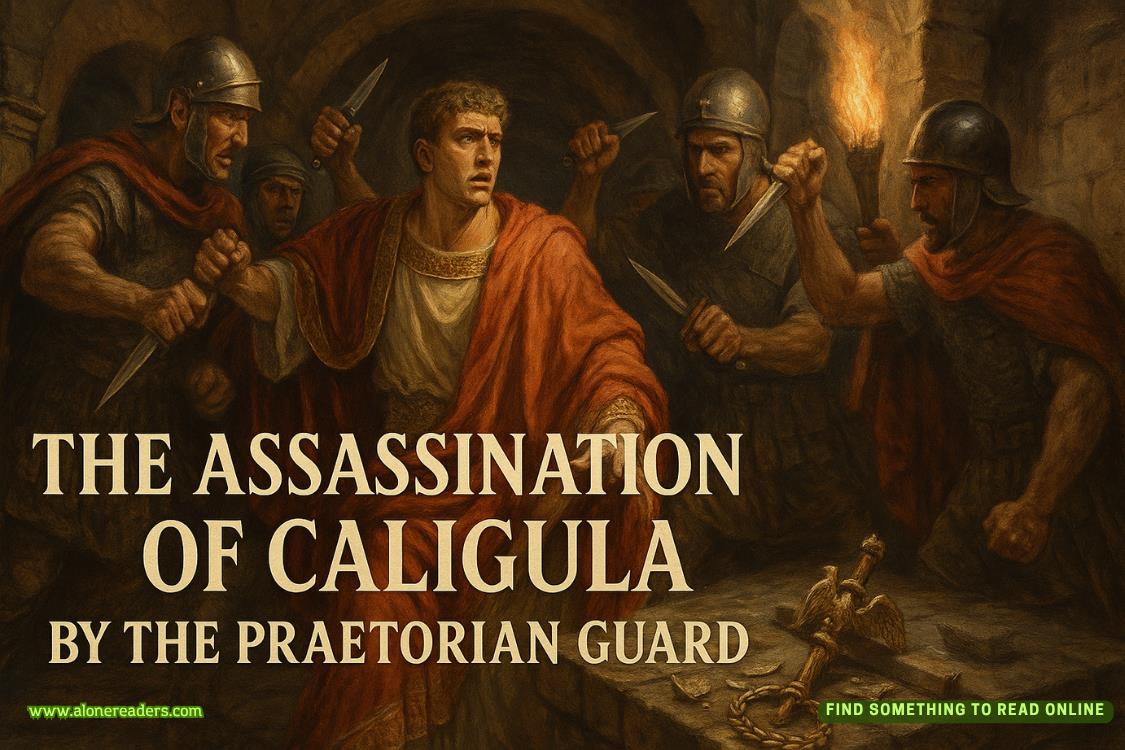Page 51 of What You Wish For
“Of course.”
“Does it scare them?”
“Well, yeah. But in a good way.”
Duncan looked back up toward the room. For a second, I thought he was thinking about the ghost, but then he said, “Roof needs to be replaced. And that window paint is peeling like crazy.”
I’d known he was going to look at the place like that. But it still bothered me. I wanted him to be impressed. I wanted him to fall in love.
“This building survived the Great Storm of 1900,” I said then. “Do you know about that storm?”
“A little.”
“It’s the worst natural disaster in U.S. history,” I said, “to this day. Ten thousand people died in one night. Winds were more than a hundred and fifty miles an hour. People’s clothes were ripped right off their bodies, corsets and all—that’s how strong the winds were. But this building stood steady. All the nuns survived—as well as a hundred people who found their way here and sheltered overnight. There’s a whole museum about the storm. And a documentary.”
Duncan nodded. “Sidewalk needs to be fixed,” he said then, pointing at an uneven spot. “That’s a tripping hazard.”
The old Duncan would have taken my hand and dragged me upstairs to look for the ghost. The old Duncan would have walked right out of school to buy tickets for the documentary. The old Duncan would have fallen in love with this breathtaking, stately, remarkable stone building and everything it had survived.
But the new Duncan just said, “Insurance on this place must be a nightmare.”
Nightmares were a big thing for him, too, apparently.
As we continued the tour, I got limper and limper. I showed him our butterfly garden, but he said it had too many bees—a liability. I showed him Babette’s art room, but he said it was too overstuffed with supplies—a fire hazard. The brightly painted hallways were “visual chaos.” The hopscotch pattern we’d stenciled on the hallway floor was a “tripping problem.” The bulb lights in the faculty lounge were “a mess.”
Everything awesome about our school—everything that made it special and unique and joyful—was problematic to Duncan. It was like he refused to see anything good. He was hell-bent on only looking for trouble.
And hisdemeanor.
Good God, he was like a prison warden.
Which would have been alarming to witness in any new school principal, but given that this wastheDuncan Carpenter, it was utterly destabilizing. There were no jokes. There was no laughter. I did not even count one smile.
If I’d had any indication—at all—that he even vaguely remembered me, I might have asked him about it. Part of me wondered if he would recognize me eventually, if something might trigger his memory. And part of me thought I should just go ahead and say something.
But I couldn’t bring myself to say it.
Frankly, it was insulting. If he’d forgotten me so thoroughly, it was pathetic for me to remember him. Pretending not to know him, either, became a way of saving face, even if only to myself. He didn’t remember me? Fine. I didn’t remember him, either.
It was worse than if I hadn’t known him at all.
I’ll tell you something: I’d known all along that Duncan coming here was going to break my heart. But this was worse than what I’d braced myself for. It wasn’t just the agony of wanting someone I couldn’t have. It was like the guy I’d loved so much for so longno longer existed—even though he was standing right next to me.
It was more like grief than heartbreak.
There was an upside, though. The old Duncan had been intimidatingly awesome.
That was not a problem anymore.
The tour took us two hours—hours when I should have been making dinner for Babette, or organizing library shelves, or putting together that dumb hanging sculpture I’d ordered.
Over and over, I tried to tell Duncan about the building’s history—how a famous bank robber had tried to hide here in the 1890s before being apprehended, and how it had been used as a military hospital during World War II, and that it had been a set for a movie with Elizabeth Taylor in the 1950s. And over and over, he countered those amazing stories with questions like, “Why don’t any of the classroom doors have locks on them?”
I give myself credit for doing an epic job of stalling, pausing to call his attention to big things and minutia alike—from our painted rock garden to our rain-collecting barrels. I showed him the back staircase where we’d painted a number on each step going up, and then added the English word for that number, the Spanish word for it, and the number in braille dots. I showed him how the rubber “floor” of the playground was patterned in Fibonacci spirals. I showed him the fifth-grade science room that had a periodic table painted on the ceiling. I took him past Alice’s room, where she had drawn a semicircle of angles on the floor under the spot where the classroom door opened.
I kept thinking, as the tour went on and on, that he’d finally tell me that he needed to get back to his office. But he didn’t. Finally, when there was nowhere left but the library, I made an attempt to just cruise by.
“Wait,” he said, pointing at the library doors.















